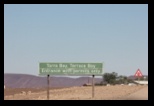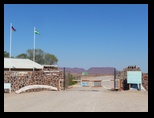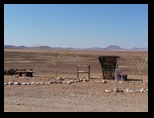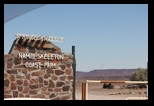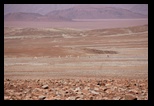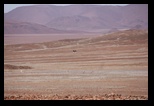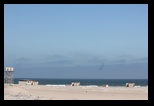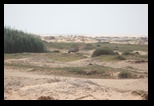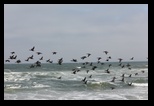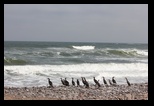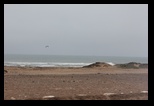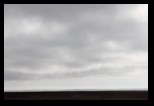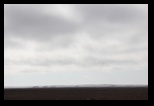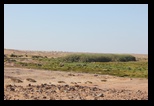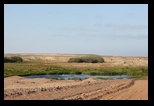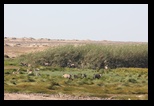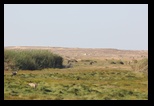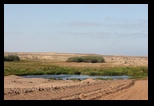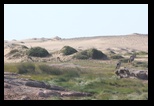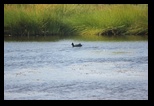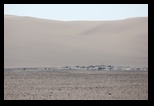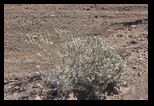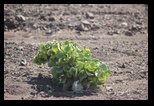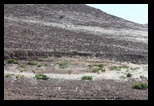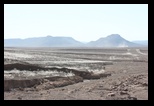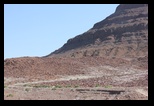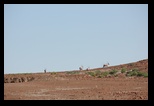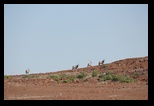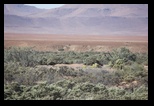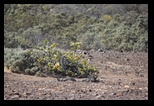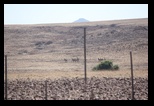Skeleton Coast
The Skeleton Coast (German: Skelettküste) is the
northern part of the Atlantic Ocean coast of Namibia and south of Angola from
the Kunene River south to the Swakop River, although the name is sometimes used
to describe the entire Namib Desert coast. The Bushmen of the Namibian interior
called the region "The Land God Made in Anger", while Portuguese sailors
once referred to it as "The Gates of Hell".
On the coast the upwelling of the cold Benguela current
gives rise to dense ocean fogs (called "cassimbo" by the Angolans)
for much of the year. The winds blow from land to sea, rain fall rarely exceeds
10 millimetres (0.39 in) annually and the climate is inhospitable. There is
a constant, heavy surf on the beaches. In the days of human-powered boats it
was possible to get ashore through the surf but impossible to launch from the
shore. The only way out was by going through a marsh hundreds of miles long
and only accessible through a hot and arid desert.
The coast is named after the bleached whale and seal bones
which covered the shore when the whaling industry was still active, as well
as the skeletal shipwrecks caused by rocks offshore in the fog. More than a
thousand vessels of various sizes and areas litter the coast. Notable wrecks
in the region include the Eduard Bohlen, the Otavi, the Dunedin Star, and Tong
Taw.
The coast is generally soft, occasionally relieved by rocky outcrops. The southern
section consists of gravel plains, while north of Terrace Bay the landscape
is dominated by high sand dunes.
Past human occupation by Strandlopers is shown by shell middens of white mussels found along parts of the Skeleton Coast.
Click a picture to see a larger view.
